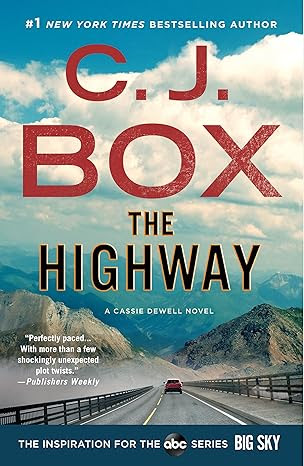A GREAT CIVIL WAR: A MILITARY and POLITICAL HISTORY, 1861-1865 by Russell F. Weigley
Published by Indiana University Press in 2000.
Russell F. Weigley (1930-2004) was a professor of military history at Temple University for 36 years. He wrote a whole bookshelf full of military histories, but only one book that focused exclusively on the Civil War (however, he was working on a multi-volume study of Gettysburg when he passed away).
A Great Civil War is an excellent single volume history of the Civil War saddled with an unfortunate piece of art done in American primitive style that makes it look like it was illustrated by the author's elementary school-aged great-grandchild. I know you aren't supposed to judge a book by its cover, but this cover makes the book look like a children's book.
This is far from a children's book. No more than a page or two is spent on the issues that brought on the war and no more than a page is spent of Reconstruction, but this is a Civil War history for people who have read a lot of Civil War histories. It tells the same story as many histories (this will be the 112th history that I have reviewed on this blog, so I am pretty familiar with the genre), but it takes a much more comprehensive look at the war than most histories.
Weigley doesn't spend a lot of time on individual battles (usually, just a page or two per battle) and certainly doesn't cover all of them. But, he does a good job of highlighting the main generals, the bigger battles and the political problems faced by both the Union and Confederate governments. He also explores important but usually overlooked areas like how the war was financed on both sides. Yeah, that can be boring, but someone had to buy the bullets, the uniforms and feed the soldiers and, in the end, the Confederacy ran out of that capacity.
I am rating this history 5 stars out of 5 despite its writing style. For example, here is a particularly egregious sentence on page 209 as part of a discussion of how the Union financed the war and reformed the banking system: "A system of national banks under Federal supervision, issuing bank notes secured by U.S. bonds and guaranteed by the Federal government, might strike down at last the state bank notes of bewildering variety and uncertain security that had plagued the Jacksonian conscience ever since Andrew Jackson himself had destroyed the Bank of the United States only to spawn an inadequately regulated congeries of state banks in its place." Nearly 70 words that should have been split into two or maybe three sentences.
But, it is an excellent history if you are willing to wade through the writing every once in a while.
This book can be found on Amazon.com here: A GREAT CIVIL WAR: A MILITARY and POLITICAL HISTORY, 1861-1865.
Russell F. Weigley (1930-2004) was a professor of military history at Temple University for 36 years. He wrote a whole bookshelf full of military histories, but only one book that focused exclusively on the Civil War (however, he was working on a multi-volume study of Gettysburg when he passed away).
A Great Civil War is an excellent single volume history of the Civil War saddled with an unfortunate piece of art done in American primitive style that makes it look like it was illustrated by the author's elementary school-aged great-grandchild. I know you aren't supposed to judge a book by its cover, but this cover makes the book look like a children's book.
This is far from a children's book. No more than a page or two is spent on the issues that brought on the war and no more than a page is spent of Reconstruction, but this is a Civil War history for people who have read a lot of Civil War histories. It tells the same story as many histories (this will be the 112th history that I have reviewed on this blog, so I am pretty familiar with the genre), but it takes a much more comprehensive look at the war than most histories.
 |
| Engineers of the 8th New York State Militia from the National Archives. |
Weigley doesn't spend a lot of time on individual battles (usually, just a page or two per battle) and certainly doesn't cover all of them. But, he does a good job of highlighting the main generals, the bigger battles and the political problems faced by both the Union and Confederate governments. He also explores important but usually overlooked areas like how the war was financed on both sides. Yeah, that can be boring, but someone had to buy the bullets, the uniforms and feed the soldiers and, in the end, the Confederacy ran out of that capacity.
I am rating this history 5 stars out of 5 despite its writing style. For example, here is a particularly egregious sentence on page 209 as part of a discussion of how the Union financed the war and reformed the banking system: "A system of national banks under Federal supervision, issuing bank notes secured by U.S. bonds and guaranteed by the Federal government, might strike down at last the state bank notes of bewildering variety and uncertain security that had plagued the Jacksonian conscience ever since Andrew Jackson himself had destroyed the Bank of the United States only to spawn an inadequately regulated congeries of state banks in its place." Nearly 70 words that should have been split into two or maybe three sentences.
But, it is an excellent history if you are willing to wade through the writing every once in a while.
This book can be found on Amazon.com here: A GREAT CIVIL WAR: A MILITARY and POLITICAL HISTORY, 1861-1865.











Comments
Post a Comment